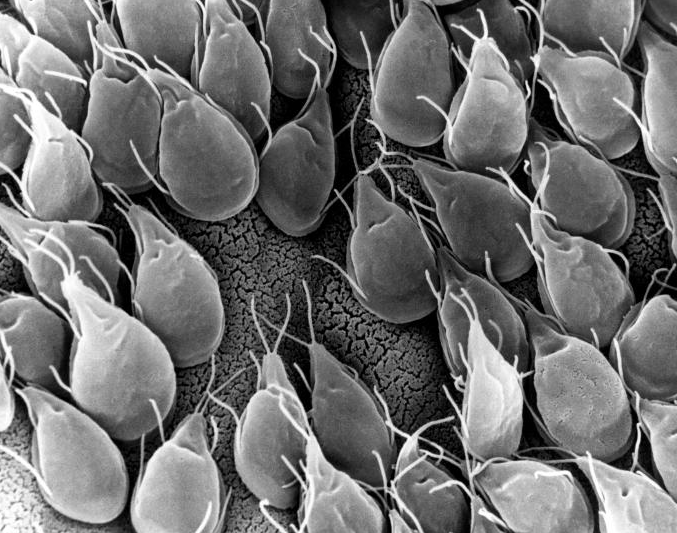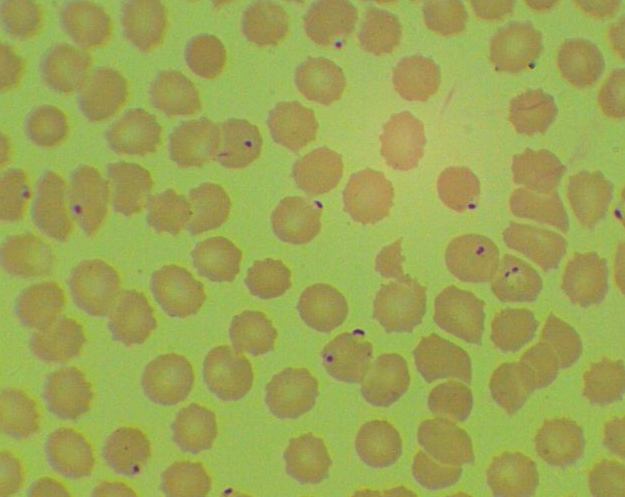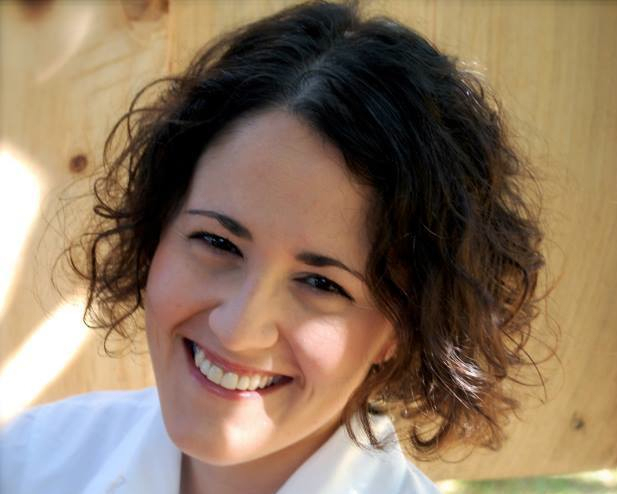I haven’t been writing much, especially not here, in a while. At the risk of oversharing–and to put it in sweet, verbose evangelicalese–I have been blessed with the opportunity to graciously host a variety of God’s precious microscopic creatures in my home and body, and in the bodies of several of my family members. So grateful to do my part to facilitate the growth and development of these vigorous and rapidly adaptable creatures! I have to admire their resiliency–how quickly they learn to resist the drugs that brilliant scientists are constantly racing to produce to destroy them and their kind!
What perseverance.
Extending hospitality (and, subtle hints that it was time to go, and then, eventually, eviction notices) to these creatures has occupied much time and energy. I’ll spare you explicit details, but let us say that both the Giardia family and the P. Falciparums have been making themselves at home and encouraging them to make their departure has involved numerous trips to the doctor as well as the lavatory, and more than a few potentially carcinogenic remedies.
(As a chemist friend recently told me, the whole thing with drugs is that they’re designed to kill the stuff that can potentially kill you…without killing YOU in the process, too. Encouraging words from a professional, no?)

The Giardias, who regret this staid, old-school studio portrait. They wish they could’ve been photographed while leaning against a barn badly in need of a paint job while casting whitened, straightened, adoring toothy grins at one another, perhaps with the kiddos in a vintage red wagon for good measure.

The P. Falciparums, on the other hand, are feeling retro-fabulous in olive greens and distressed browns. #nofilter
One of my sons is so robustly healthy that he’s scarcely been ill for an entire day in his life. No exaggeration. If a member of the Rhinovirus clan so much as glances his way, his immune system scares it away with a mighty roar. The only time he needed antibiotics was for a spider bite that got infected from being scratched too much. He was the fruit of a pregnancy during which I survived on Breyer’s vanilla ice cream, selected specific flavors of Jelly Belly beans, and Canada Dry ginger ale. So basically: sugar.
{The other son, who was nourished in utero on organic kale and quinoa and whatnot–he’s another story. (And I’m not giving prenatal nutritional advice. Post hoc ergo propter hoc is SO not a legit thing, okay, no matter how many times folks tell you that living in areas with high concentrations of armadillos makes you more likely to get a divorce.}
Anyway, this second son gets dramatically sick. His normally prodigious appetite vanishes, as well as any trace of his equally prodigious mirth. (If you ask him whether he plans to be a comedian when he grows up, he’ll tell you, with a straight face, “No–I plan to be a chameleon!” and then guffaw with laughter. I won’t give you his whole medical history, but let’s just say he’s sampled urgent medical care in no less than five countries and three continents, and this past week his condition gave my prayers (and the prayers of many other beloved folks–thanks, dear ones!) an especially desperate tone.
This morning, the woman who helps me keep house came. (Yes, yes, I have hired help. If I didn’t, I would be considered a horrible rude mean selfish person who withholds employment from others when I have the means to employ them. Just doing my trickle-down part here, folks. I actually LIKE to clean my own house, so there!) And over coffee, I told her about my son’s illness, and we thanked God for mercifully allowing him to be restored to health. And then I asked her about mosquito nets.
She doesn’t have one, because her kids have some, and even a cheap net costs several times more than the average Malawian earns in a day…and people have to eat. People have to pay for school fees. So she takes her chances. As we continued talking, it became clear that she wasn’t entirely aware that malaria comes from mosquitoes at all. I explained (briefly and probably slightly inaccurately) how malaria was eradicated in the USA, and how folks like Bill Gates are helping to find a way to get rid of it in places like Malawi, too.
I have heard crazy stories, stories of well-meaning people coming in from the west to distribute nets in areas where malaria isn’t much of a problem–the kind of thing that eases middle-class consciences but does little to prevent death and illness. I have heard of teenagers and adults with long-term, chronic damage from malaria (of which they were unaware) becoming acutely ill and dying within hours or days. Last year, the young man (I’ll call him Nick) who was helping us in the yard and learning some basic carpentry skills had a baby who got sick and died at around 3 months–and we don’t even know why.
These are people who don’t have the kind of insurance that pays to Medivac them to state-of-the-art hospitals.
What about their urgent prayers, and those of their loved ones? Does God not hear those prayers?
And how to respond? I can buy a net for my house helper, but not for everyone. There are stories of hope, for sure, but also so very many stories with tragic endings. We got a call from Nick at 2 am telling us his baby boy was gone, and it was so fast that this was the first time we’d even heard that the baby was ill.
There are no answers. Even to try to explain these things is almost always to do a kind of violence to human experience, or to speak ill of God, who, in spite of everything, I believe to be holy, just, loving, and good. The only thing I can cling to is the thought that Jesus took on flesh. As a poor boy and young man in a village, he probably played host to more than a few parasites. He took on all of this. He took hate and abuse and an absolutely unjust punishment.
And he didn’t just conquer P. Falciparum, or Giardia, or Rhinovirus, or E.Coli, or HIV/AIDS or rotavirus. He conquered death itself.
But I still think he would be handing out mosquito nets and supporting those people standing all day in laboratories trying to find cures for all these ills. Come to think of it, perhaps he is. Through the hands and feet and faces of all kinds of people, perhaps he is.








